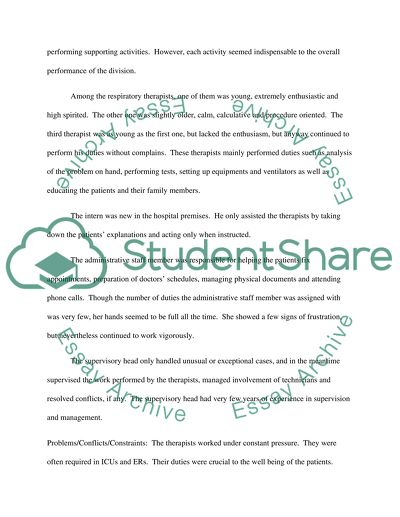Cite this document
(“Management of a Health Care Staff Group Essay Example | Topics and Well Written Essays - 2000 words”, n.d.)
Retrieved from https://studentshare.org/miscellaneous/1499786-management-of-a-health-care-staff-group
Retrieved from https://studentshare.org/miscellaneous/1499786-management-of-a-health-care-staff-group
(Management of a Health Care Staff Group Essay Example | Topics and Well Written Essays - 2000 Words)
https://studentshare.org/miscellaneous/1499786-management-of-a-health-care-staff-group.
https://studentshare.org/miscellaneous/1499786-management-of-a-health-care-staff-group.
“Management of a Health Care Staff Group Essay Example | Topics and Well Written Essays - 2000 Words”, n.d. https://studentshare.org/miscellaneous/1499786-management-of-a-health-care-staff-group.


